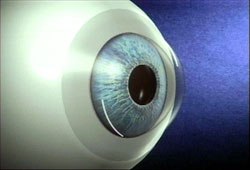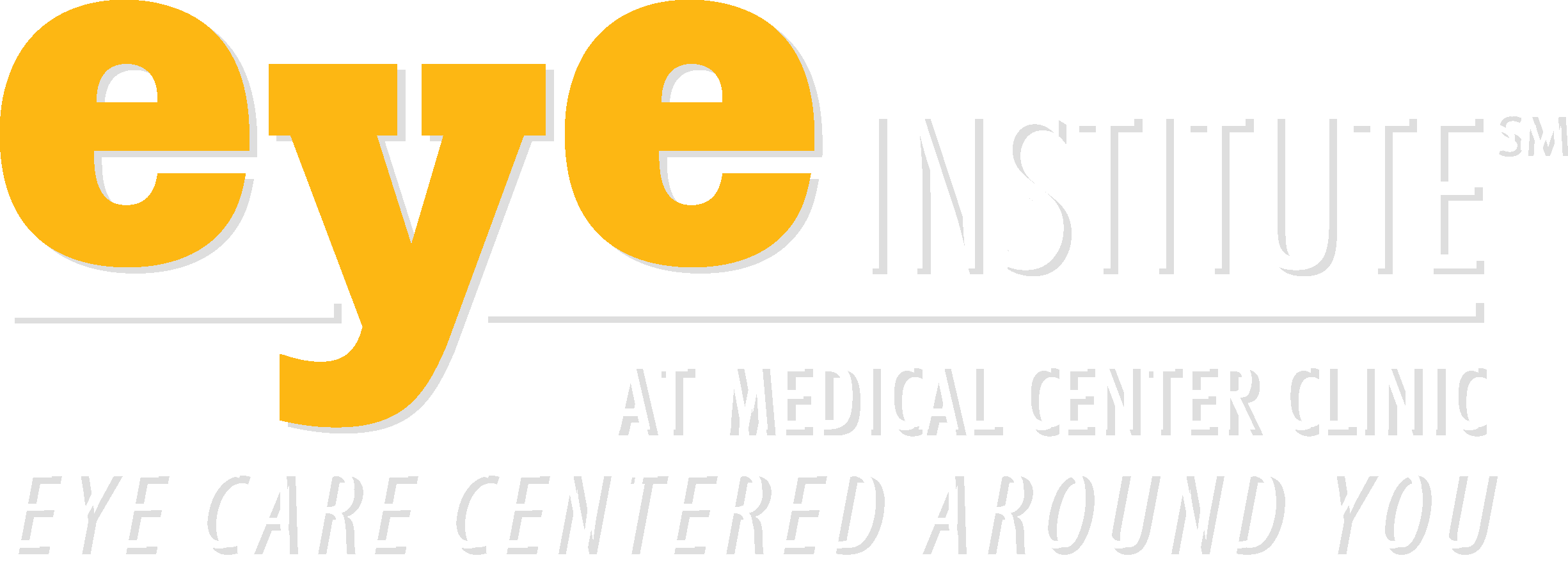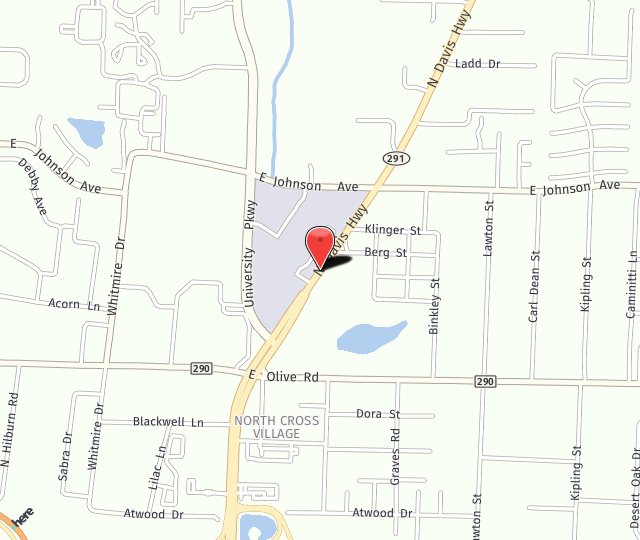Astigmatic Keratotomy

AK involves the placement of microscopic incisions in the steeper meridian of the cornea. The incisions cause the cornea to assume a more spherical shape, thereby decreasing the degree of astigmatism.
AK is for those who:
- want to reduce or eliminate their dependence on glasses or contacts
- are over 18 years of age
- have a low to moderate degree of astigmatism
- have had a stable eye prescription for at least one year
- have no health issues affecting their eyes
What to expect on surgery day:

Next a marker will be placed on your cornea. This impression is temporary and is used for marking where the surgeon will make the incisions. The marks are based upon a formula taking into account your prescription, age and the amount of correction needed. Next, one or two microscopic incisions will be made in your cornea to make it more spherical. Finally, antibiotic drops will be applied and the eyelid holder will be removed. The actual surgery takes about 5 minutes, but with pre-operative preparations it can take up to an hour.
Following your procedure, you will be given additional eye drops, and your eye may be shielded for protection. Your vision will probably be a little blurry at first, so someone will need to drive you home. You should relax for the rest of the day. You may experience some discomfort, but this is usually alleviated with an over-the-counter pain reliever. Some people experience sensitivity to light, and watering or swelling of their eyes for a few days following the procedure.
Most patients resume normal activities within a day or two. Some patients see a dramatic improvement in their vision within the first day. For others, vision may be blurry for several weeks.
Realistic expectations:
The decision to have AK is an important one that only you can make. The goal of any refractive surgical procedure is to reduce your dependence on corrective lenses. However, we cannot guarantee you will have the results you desire.
After AK, almost everyone experiences some visual side effects. These visual side effects are usually mild and most often diminish over time. But there is a slight chance that some of these side effects won’t go away completely, including light sensitivity, glare and halos. Serious complications to AK are extremely rare.
If you decide that AK is an option for you, you will be given additional information about the procedure that will allow you to make an informed decision about whether to proceed. Be sure you have all your questions answered to your satisfaction. If you would like additional information about risks and complications now, you may download our “consent for surgery” form by going to Patient Forms.
Alternatives to AK
AK is not the only surgical procedure designed to correct astigmatism. To learn about other procedures go to the surgical and laser vision correction procedures section of our Web Site. If you would like to learn more about vision correction procedures from sources other than our practice, we encourage you to link to a number of Web sites we feel provide factual and up-to-date information. You may also choose to make an appointment for a free LASIK screening or request additional information to learn more about this exciting procedure.


